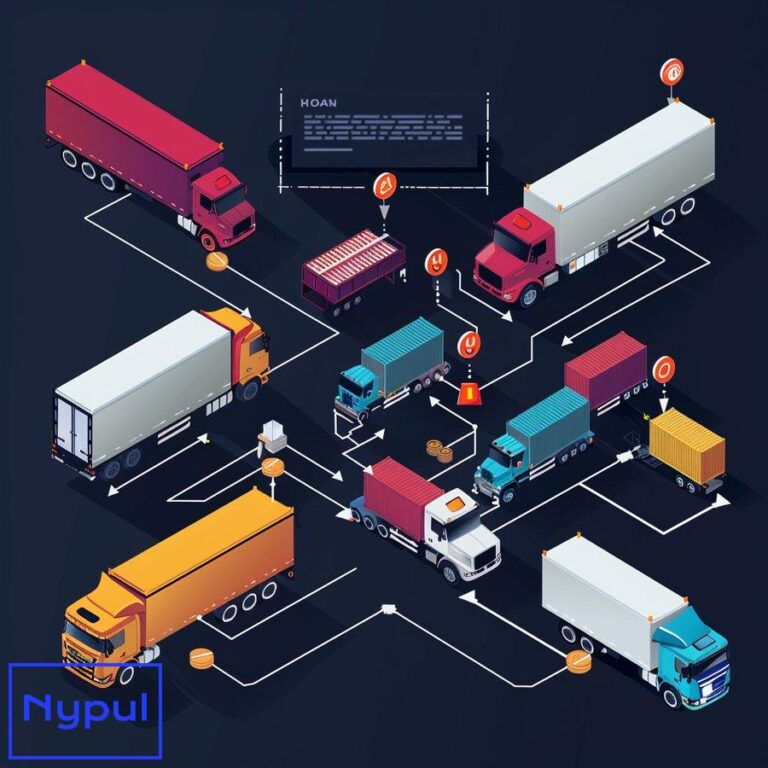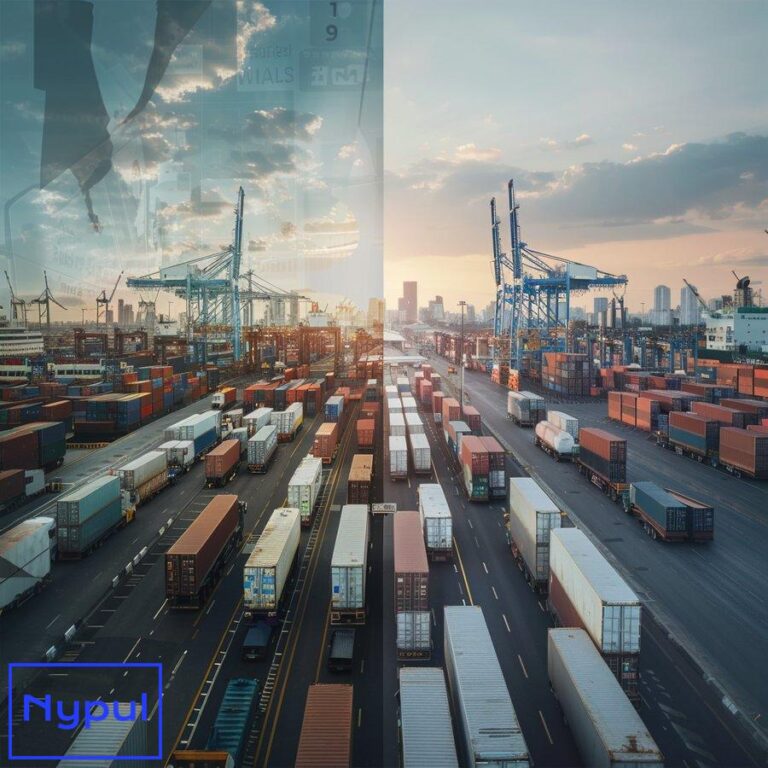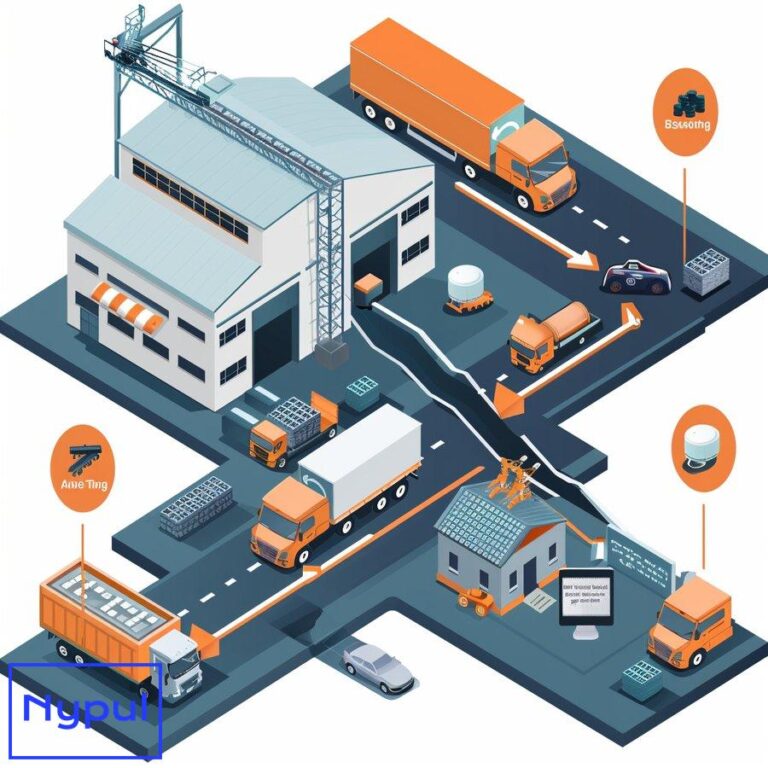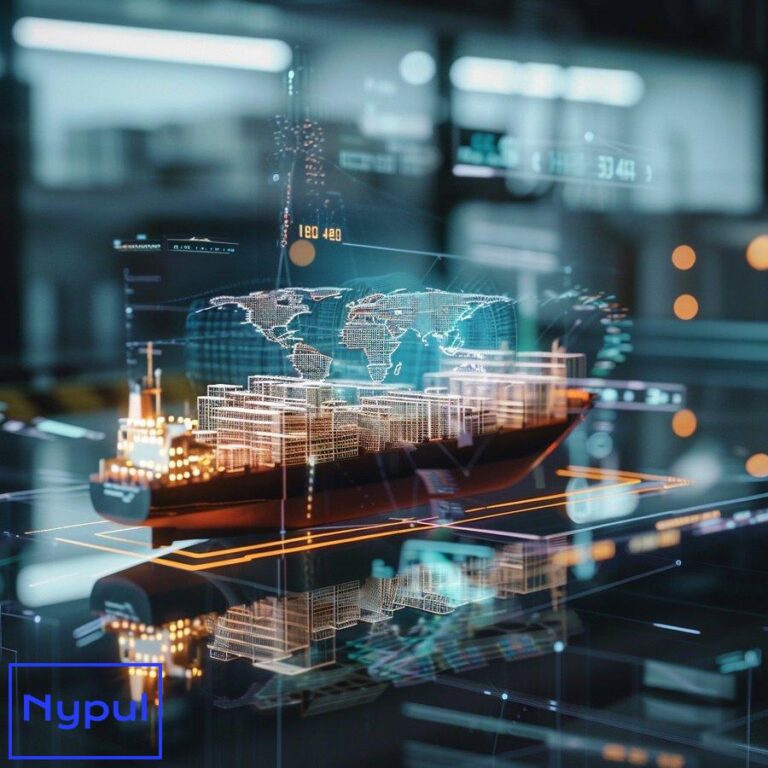What Is the Role of Ports Within Intermodal Transportation
What are ports and how do they function in intermodal transportation?
Ports serve as vital nodes in the intermodal transportation network, facilitating the movement of goods across different transport modes, including ships, trucks, and trains. Their primary function is to provide a point of transfer where cargo can be loaded and unloaded, allowing for efficient transport from one mode to another. This process is essential for global trade, as it enables the seamless flow of goods from manufacturers to consumers.

Ports operate through a series of interconnected activities, including:
-
Loading and unloading cargo: This involves the use of cranes and other machinery to move containers from ships to trucks or trains and vice versa.
-
Storage and warehousing: Ports often have facilities where goods can be stored temporarily, allowing for inventory management and distribution planning.
-
Customs and regulatory compliance: Ports serve as checkpoints for customs inspections, ensuring that goods meet legal requirements before entering or leaving a country.
-
Logistical coordination: Effective communication and coordination among various stakeholders—shipping lines, freight forwarders, and logistics providers—are essential for optimizing the flow of goods.
The integration of these functions within ports enhances the efficiency of intermodal transportation, making it a preferred choice for shipping goods across long distances.
How do port infrastructures facilitate seamless cargo transfers?
Port infrastructure plays a significant role in enabling smooth cargo transfers between different transportation modes. The design and layout of port facilities directly impact the efficiency of operations. Key elements of port infrastructure include:
-
Berths and terminals: Dedicated areas for loading and unloading vessels are crucial. Modern terminals are designed to accommodate large container ships and facilitate quick turnaround times.
-
Intermodal facilities: These areas allow for the easy transfer of cargo between ships, trucks, and trains. Well-planned intermodal terminals minimize the distance cargo must travel within the port, reducing transfer times.
-
Road and rail access: Efficient connections to road and rail networks are essential for moving cargo to and from the port. This includes well-maintained roads and rail lines that can handle heavy freight traffic.
-
Cargo handling equipment: Advanced machinery, such as automated cranes and straddle carriers, enhances the speed and accuracy of cargo transfers, reducing the risk of damage and delays.
The effectiveness of port infrastructure in facilitating cargo transfers is often measured by turnaround times, throughput capacity, and the ability to handle diverse types of cargo.
What technologies are revolutionizing port operations in intermodal networks?
Emerging technologies are transforming port operations, making them more efficient and responsive to the demands of intermodal transportation. Some of the most impactful technologies include:
![]()
-
Automation: Automated cranes and vehicles are increasingly used to handle cargo, reducing labor costs and increasing operational efficiency. Automation allows for faster loading and unloading times, minimizing delays.
-
Internet of Things (IoT): IoT devices are employed to track cargo in real-time, providing visibility throughout the supply chain. This technology enables better inventory management and reduces the risk of lost or misplaced shipments.
-
Artificial Intelligence (AI): AI algorithms analyze data to optimize routing and scheduling, improving the overall efficiency of port operations. Predictive analytics can anticipate demand fluctuations, allowing ports to allocate resources more effectively.
-
Blockchain: This technology enhances transparency and security in the supply chain by providing an immutable record of transactions. Blockchain can streamline documentation processes, reducing the time required for customs clearance.
The integration of these technologies not only improves operational efficiency but also enhances the overall customer experience by providing real-time updates and reducing delays.
Why is strategic location crucial for ports in intermodal transportation?
The strategic location of a port significantly influences its effectiveness in intermodal transportation. Factors that contribute to the importance of location include:
-
Proximity to major markets: Ports located near large consumer markets can reduce transportation costs and delivery times, making them more attractive to shipping lines and logistics providers.


-
Access to shipping routes: Ports situated along major shipping lanes benefit from increased traffic and lower shipping costs. This accessibility enhances their competitiveness in the global market.
-
Connectivity to inland transportation networks: Ports that are well-connected to road and rail systems can facilitate quicker transfers to and from inland destinations. This connectivity is essential for meeting the demands of just-in-time delivery.
-
Geopolitical stability: Ports located in politically stable regions are more likely to attract investment and trade, contributing to their long-term viability.
The interplay of these factors underscores the importance of location in determining a port’s role within intermodal transportation networks.
How do ports contribute to economic growth through intermodal connectivity?
Ports play a pivotal role in driving economic growth by enhancing intermodal connectivity. Their contributions can be observed through various channels:
-
Job creation: Ports generate employment opportunities in various sectors, including shipping, logistics, and warehousing. This job creation extends beyond the port itself, impacting local economies.
-
Facilitating trade: Efficient ports enable the smooth flow of goods, making it easier for businesses to access international markets. This access fosters economic diversification and growth.
-
Attracting investment: Well-functioning ports attract investments in infrastructure and logistics services, leading to further economic development. Companies are more likely to establish operations near efficient ports.
-
Enhancing competitiveness: Ports that offer reliable and efficient services contribute to the overall competitiveness of the regions they serve. This competitiveness can lead to increased exports and economic resilience.
The economic impact of ports extends beyond their immediate vicinity, influencing regional and national economies through enhanced trade and connectivity.
What challenges do ports face in optimizing intermodal transportation?
Despite their critical role, ports encounter several challenges that hinder the optimization of intermodal transportation. Key challenges include:

-
Congestion: High volumes of cargo can lead to congestion at ports, resulting in delays and increased costs. Managing peak periods effectively is essential for maintaining operational efficiency.
-
Aging infrastructure: Many ports face challenges related to outdated infrastructure that cannot accommodate larger vessels or increased cargo volumes. Upgrading facilities requires significant investment.
-
Environmental regulations: Stricter environmental regulations can impact port operations, necessitating investments in cleaner technologies and practices. Balancing economic growth with environmental sustainability is a critical challenge.
-
Labor shortages: The logistics and shipping industries often struggle with labor shortages, impacting the efficiency of port operations. Attracting and retaining skilled workers is essential for maintaining service levels.
Addressing these challenges requires collaboration among stakeholders, investment in infrastructure, and the adoption of innovative solutions.
How do port authorities shape intermodal development?
Port authorities play a vital role in shaping the development of intermodal transportation systems. Their responsibilities encompass various aspects, including:

-
Strategic planning: Port authorities develop long-term plans that outline infrastructure investments, operational improvements, and environmental sustainability initiatives. These plans guide the growth of intermodal capabilities.
-
Regulatory oversight: Port authorities enforce regulations related to safety, security, and environmental compliance. Their oversight ensures that operations within the port adhere to legal standards.
-
Stakeholder engagement: Effective communication and collaboration with stakeholders, including shipping lines, logistics providers, and local communities, are essential for successful intermodal development. Port authorities facilitate these interactions.
-
Investment promotion: Port authorities often seek to attract investments in port infrastructure and services. They may offer incentives to encourage private sector participation in port development projects.
Through these activities, port authorities influence the efficiency and effectiveness of intermodal transportation networks, ensuring that ports remain competitive in a rapidly changing global landscape.
Case Studies: Intermodal Excellence in Global Ports
Examining successful case studies of ports that excel in intermodal transportation provides valuable insights into best practices and strategies. Notable examples include:
-
Port of Rotterdam: As one of the largest ports in Europe, Rotterdam has invested heavily in automation and digital technologies. Its advanced intermodal facilities allow for seamless transfers between ships, trains, and trucks, enhancing efficiency and reducing congestion.


-
Port of Los Angeles: This port has implemented innovative programs to reduce emissions and improve air quality while maintaining high throughput levels. Its strategic partnerships with rail operators facilitate efficient cargo movement to inland destinations.
-
Port of Singapore: Known for its state-of-the-art infrastructure and advanced logistics capabilities, Singapore’s port is a model of efficiency. The integration of IoT and AI technologies has streamlined operations, allowing for real-time tracking and management of cargo.
These case studies highlight the importance of investment in technology, infrastructure, and stakeholder collaboration in achieving intermodal excellence.
In conclusion, ports are essential components of intermodal transportation, providing the infrastructure and connectivity necessary for efficient global trade. Their strategic location, advanced technologies, and effective management by port authorities contribute to their role as economic drivers. However, challenges such as congestion, aging infrastructure, and regulatory pressures must be addressed to ensure the continued optimization of intermodal networks. By learning from successful case studies, stakeholders can work together to enhance the effectiveness of ports in the intermodal transportation landscape.






